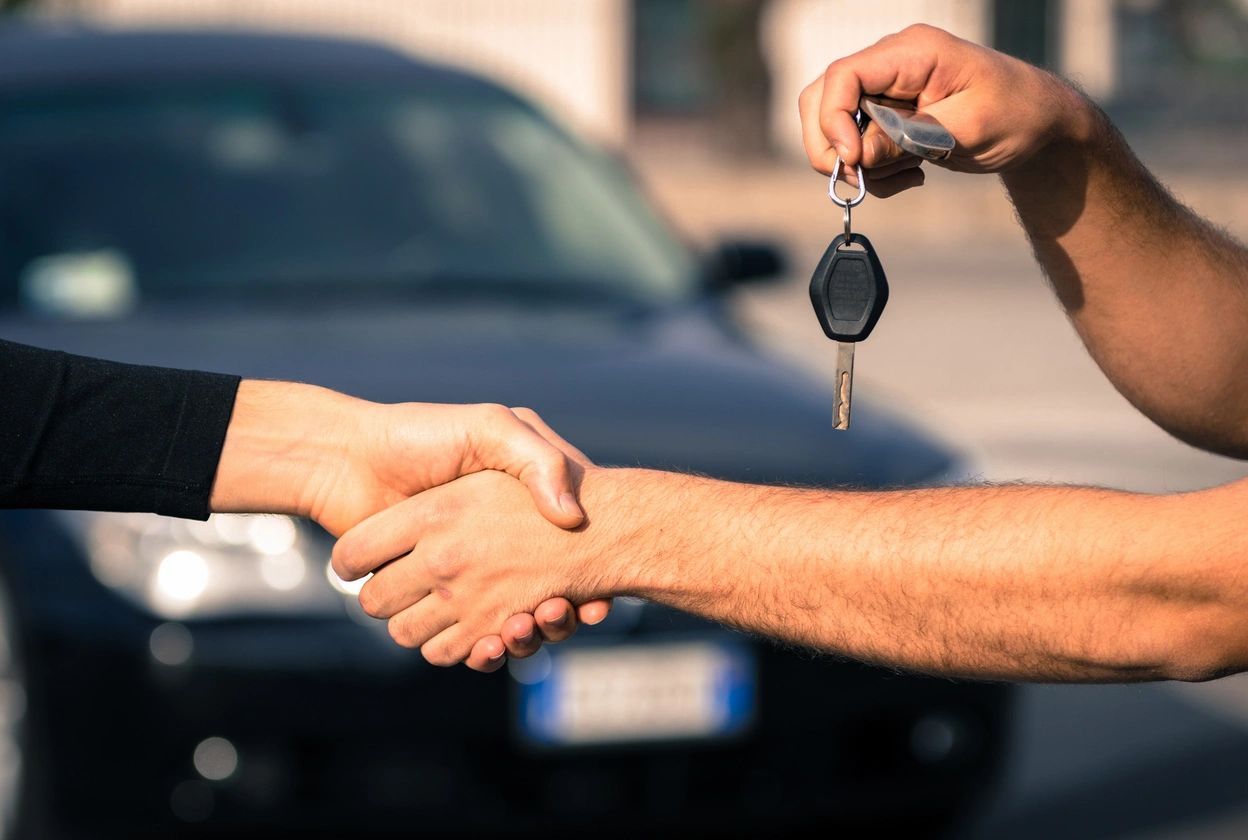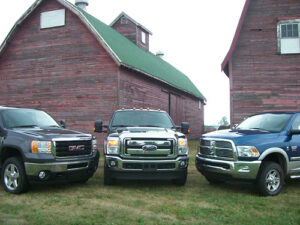
Every small town had a bank that was locally owned. There used to be single-location hardware and grocery stores. History and trends have a way of predicting the future. Consolidation in any market reshapes the playing field, so for every business owner or investor, predicting where the trends lead to is an essential part of planning.
A farm or construction equipment dealership has similar operating characteristics to automotive. It also mirrors rural lifestyle, industrial, marine, power sports, recreational vehicles, and trucking. Each of them has parts, service, sales, rental, and accounting departments, for example. The evolvement of a dealerships business structure during consolidation moves through these kinds of stages:
- Single owner, single store
- Single owner, multi store
- Multi-owner, multi store
- IPO, ESOP’s, outside investors, etc.
Every market has specific indicators that highlight the trends with consolidation. Farm Equipment Magazine publishes an annual report called “The Big Dealer Report” showing who bought whom and provides insight to highlight the stages of consolidation in the farm equipment vertical. National Automotive Dealer Association (NADA) and other company’s offer a report similar to this for the automotive industry.
Does AG Follow Auto?
The farm market in many regards follows the auto market. There are several different inputs to each one, but for the purpose of an example, it works to convey key points.
A new customer is born every day for an auto dealer. Every 16 year old wants a new car or truck. Wouldn’t that be perfect for an equipment dealership? What if every 16 year old wanted a new combine or tractor? What if every 16 year old wanted to be a farmer? Ok, let me get back to reality.
Looking for the differences
There are differences in how you operate an auto or ag dealership. We could talk about the use of a tractor on a farm vs. the luxury of owning an automobile. We could speak of the actual physical location of the facilities. While there are certainly differences, there are similarities that are close enough to form a few assumptions.
Will we see in the future owners of automotive businesses expand into the farm equipment business as the farm equipment dealerships complex sizes and profitability rise to an acceptable level of investment? That’s interesting and some signs of that are already occurring.
In the automotive segment, the merging of mid to large multi-store operations happens frequently and covers multiple brands. Many owner groups have already been through learning curves merging complexes vs just buying the neighbors single store operation, so the appetite for investment and growth take on a new meaning.
This trend has started in the farm segment, and you’ll see even more in the coming years as owners work to achieve scale and control market share covering larger geographic areas. The owner groups start to push consolidation vs the OEM. Multi stores buying multi stores will be a growing segment of the consolidation patterns. Some will realize generous good will and many will not. Size will not dictate good will but operational excellence characteristics will. After this stage, what happens next?
Growth of the Corporate Farm
Many dealership’s business models require serving customers from various markets to achieve revenue goals and expectations. This adds to the complexity of generating revenue through operations. This is the same for auto as it is farm. A huge difference is the customer base. Nearly every person born will more than likely want to drive an automobiles so there is a natural increase in future customers.
You can review the USDA websites and see that farms are getting larger. (There is also a noticeable growth trend in organic and urban farming.) There is a considerable swing when you look at it by decades. The traditional family farm is declining and has been in jeopardy for years. Large corporate farms are replacing small acreage farms, and they require different services and products to support them.
A Dealer on Every Corner – Changes in Ownership Configuration
In years past, you would drive through a town and see a Chevrolet dealer on one corner and Ford on the other. Down the street was a Chrysler store. Never were these owned by the same person or group. Each town had brands with a single owner and a single location.
Consolidation is mature in the auto market. Today, many owner groups have multiple brands that are both domestic and foreign. They have multi locations throughout several states and even countries. The OEM’s approved them for succession and business continuation because they knew the business model and had the capital.
OEM’s have allowed closing locations due to pressures from dealers and market maturity. They support the larger organizations even with single-store single-owners still in the market in small numbers.
In years past, you would drive through a town and see a Case dealer on one corner and a John Deere dealer on the other. Down the street was an International Harvester, New Holland or a Massey store. Never were these owned by the same person or group. Each town had brands with a single owner and single store location.
Read that all again and then look out your big picture window of your dealership.
- What is the reality of today?
- What is the future look like with your OEM?
- Is there a current example of a dealer owner owning more than one major brand?
- Is purity a survivable long term strategy?
It is incredible to me just how fast markets change and how quickly they affect our lives today. You can wake up tomorrow morning to a whole new world brought on by markets consolidating. These changes create opportunities for those who are able to capitalize on them. As I call it, shark or bait? Which one are you?
![]()
